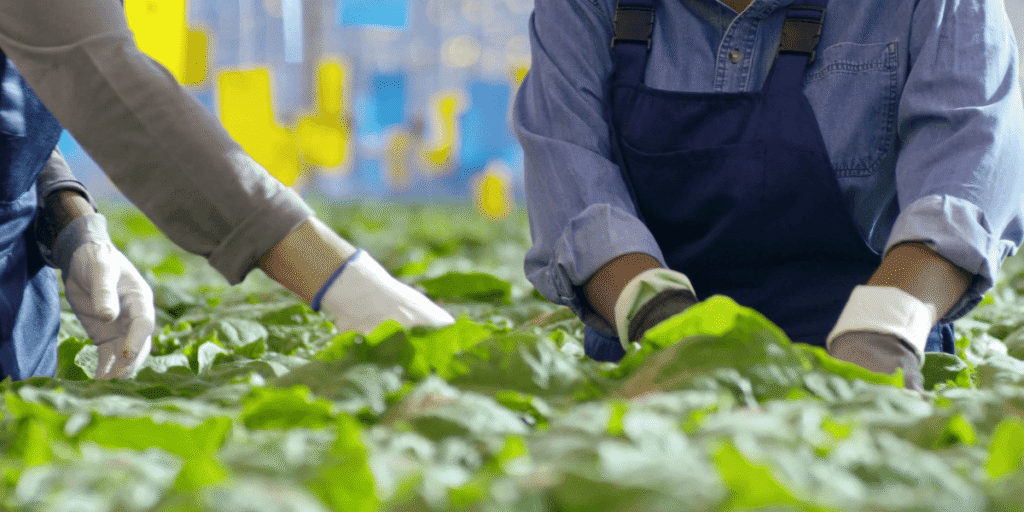Hydroponic for Sustainable Living isn’t just a trend; it’s a smarter, kinder way to grow food that our planet desperately needs. With traditional farming using huge amounts of water, land, and chemicals, it’s clear we need a better way. Imagine growing fresh, nutritious veggies right at home, using far fewer resources and zero soil.
This revolutionary method moves plant growing indoors or into controlled spaces, cutting waste and protecting the environment. Hydroponics isn’t just about farming differently; it’s about building a healthier future for ourselves and the Earth. Let’s explore how this simple change can make a big difference.
The Green Advantage of Soilless Cultivation
At its core, hydroponics dramatically reduces our environmental footprint, making it a champion for sustainable living.
Water and Land Conservation in Sustainable Gardening
- Water Wise to the Max: This is perhaps hydroponics’ most celebrated feature. Unlike traditional farming where much of the water evaporates or runs off, hydroponic systems recirculate water in a closed loop. This precision allows for an astonishing 90-95% reduction in water usage compared to conventional agriculture. Imagine the freshwater saved globally if more food were grown this way!
- Land-Light Footprint: Say goodbye to sprawling fields. Hydroponics, especially when scaled into vertical farms, allows for immense yields in tiny spaces. One acre of a vertical hydroponic farm can produce what would require hundreds of acres of traditional farmland. This frees up precious land for reforestation, natural habitats, or other vital urban and rural uses.
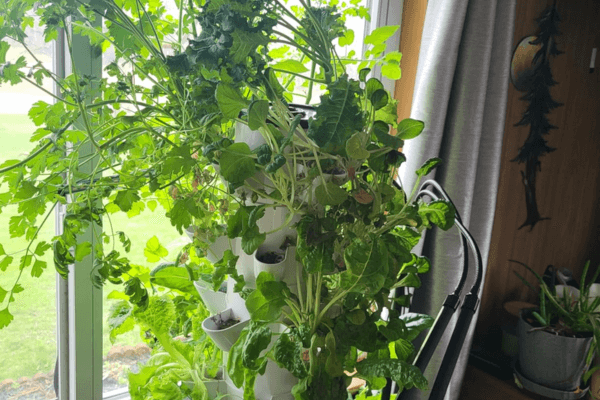
Growing Cleaner, Healthier Produce with Eco-Friendly Methods
- Pesticide-Free Living: In a controlled hydroponic environment, pest infestations are dramatically minimized. This virtually eliminates the need for harmful chemical pesticides, herbicides, and fungicides, leading to cleaner, safer produce for consumers and reduced chemical runoff into our ecosystems.
- Reduced Carbon Emissions: By enabling localized food production (think urban farms in your city!), hydroponics slashes “food miles”—the distance food travels from farm to plate. This significantly reduces fuel consumption and associated carbon emissions from transportation.
- Optimized Nutrition & Quality: Precision-controlled nutrient delivery means plants receive exactly what they need, exactly when they need it. This can lead to higher nutritional content and enhanced flavors, often resulting in a superior product that’s harvested at peak ripeness and consumed fresher, reducing spoilage.
Economic and Social Benefits of Resource-Efficient Farming
- Consistent Year-Round Supply: Hydroponic systems are immune to seasonal changes, droughts, or extreme weather, ensuring a stable, year-round supply of fresh food. This significantly boosts food security in all climates, from arid deserts to bustling metropolises.
- New Green Economies: The burgeoning hydroponics sector creates a diverse array of skilled jobs in horticulture, engineering, technology, and logistics, fostering innovation and sustainable economic growth.
- Tackling Food Deserts: Bringing fresh, nutritious produce directly into urban centers helps address “food deserts” areas with limited access to affordable, healthy food. This strengthens local food systems and promotes equitable access to quality nutrition. If you’re looking to start your own compact, city-friendly garden, learn more about urban hydroponics in our detailed guide.
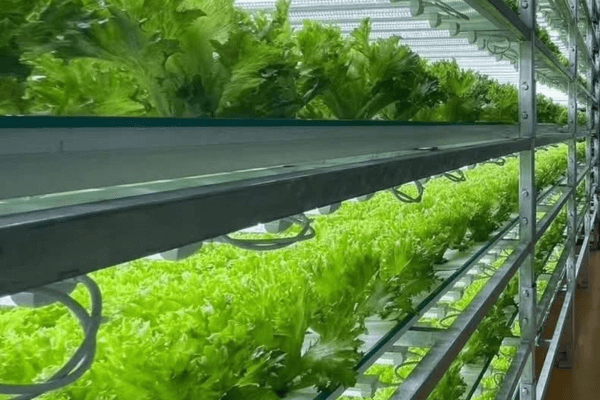
Overcoming Challenges in Controlled Environment Agriculture
While hydroponics offers immense sustainable potential, achieving true sustainability requires acknowledging and addressing its own set of challenges.
Addressing Barriers to Sustainable Urban Farming
- Energy Consumption: Artificial lighting, pumps, and climate control systems (heating, cooling, dehumidification) require electricity. This can be a significant environmental hurdle if the energy isn’t sourced sustainably.
- Initial Capital Investment: Setting up commercial-scale hydroponic operations can involve substantial upfront costs for infrastructure, specialized equipment, and advanced control systems, which can be a barrier to entry.
- Material Lifecycles: Hydroponic systems often rely on plastic components (pipes, reservoirs, growing media). The production, use, and disposal of these materials need careful management to ensure they don’t simply shift the environmental burden.
- Waste Management: While greatly reduced, nutrient solutions need periodic replacement, and inert growing media eventually require disposal or recycling.
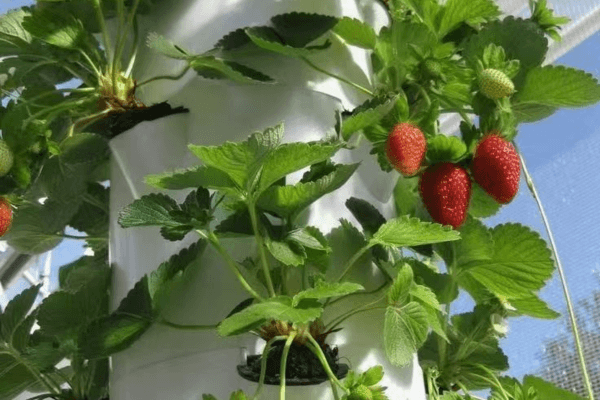
Innovations Driving Eco-Friendly Growing Forward
The industry is rapidly evolving to overcome these challenges, pushing hydroponics towards ultimate sustainability.
- Renewable Energy Integration: This is paramount. Farms are increasingly adopting solar panels, wind turbines, or purchasing green energy from grids to power their operations, drastically reducing their carbon footprint.
- Advanced Energy Efficiency: Innovations in LED lighting (more lumens per watt, tailored light spectrums), efficient pumps, and smart HVAC systems are continuously minimizing power draw.
- Smart Automation & AI: Artificial intelligence (AI) and Internet of Things (IoT) sensors are transforming the way we grow plants. By analyzing real-time data, AI can fine-tune every aspect of the growing environment, including light intensity, nutrient delivery, temperature, and humidity. This smart and responsive approach ensures that plants receive exactly what they need at the right moment, resulting in healthier growth, reduced waste, and greater yields.
- Circular Economy Models: Sustainable hydroponic practices focus on closing the loop. This includes processing plant waste into compost or bioenergy, and developing advanced filtration and recycling systems for nutrient solutions to minimize discharge. Some systems even integrate aquaponics (raising fish alongside plants) to create a self-sustaining ecosystem where fish waste fertilizes the plants.
- Sustainable Materials: Research is ongoing into biodegradable growing media and components, and designing systems that are easier to disassemble, recycle, and reuse.
- Expanded Crop Diversity: While leafy greens thrive, ongoing research is making it more economically viable to grow a wider range of crops, including certain fruits and root vegetables, in sustainable hydroponic setups.
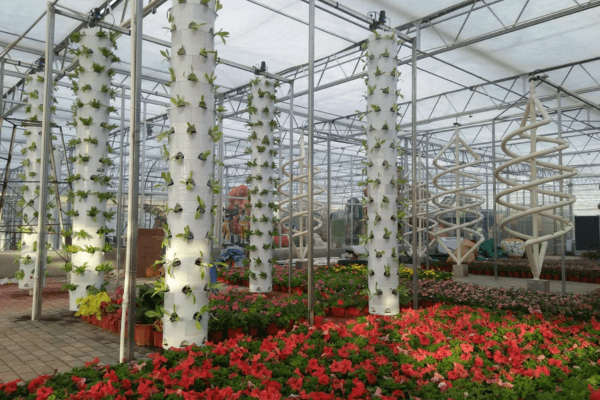
FAQs About Sustainable Gardening Techniques
Q1: I heard hydroponics saves a lot of water. Is that actually true?
A: Totally true! Most systems use 90% less water than traditional farming because the water is recycled and goes straight to the roots no waste from evaporation or runoff.
Q2: Doesn’t running grow lights all the time use a ton of electricity?
A: It can add up, but LED grow lights are super efficient now. Plus, many growers use solar panels or green energy to make their systems more eco-friendly.
Q3: Are hydroponic veggies really clean? Do they use a lot of chemicals?
A: Hydroponic plants still need nutrients, but many systems are pesticide-free. While they may not be “certified organic” (since there’s no soil), they’re often grown with natural or food-safe nutrients and are super clean.
Q4: I live in a small apartment. Can I actually grow anything hydroponically?
A: Absolutely! Even a tiny system on your countertop can grow herbs, lettuce, or strawberries. It saves water, reduces packaging, and you’ll always have fresh greens on hand.
Q5: What about all the plastic in hydroponic systems? Isn’t that wasteful?
A: Most systems use durable plastic that lasts for years. Some brands even use recycled or eco-friendly materials, and many parts are recyclable when you’re done.
Building a Greener Future with Advanced Farming Solutions
Hydroponic gardening is more than just a clever way to grow plants without soil; it’s a powerful stride towards a more sustainable future. By drastically cutting water consumption, minimizing land use, eliminating harmful pesticides, and enabling local, year-long food production, hydroponics offers tangible solutions to some of our planet’s most urgent challenges.
While no system is without its considerations, the rapid advancements in energy efficiency, smart technology, and circular economy practices are continuously enhancing hydroponics’ eco-friendly credentials. Embracing hydroponics, whether on a balcony or a large-scale farm, means choosing a path of innovation, efficiency, and environmental stewardship. It’s about cultivating not just plants, but a resilient and thriving future for all.
Getting Started with Home-Based Sustainable Gardens
Whether you’re starting with a small indoor setup or planning a full-scale hydroponic garden, growing leafy greens in hydroponics is easier and more rewarding than ever. This soilless method uses less water, saves space, and allows you to harvest fresh, nutrient-packed greens throughout the year right from your own home.
The journey to sustainable living starts with action. Whether you’re a seasoned gardener looking for a new challenge or a complete beginner eager to make a difference, hydroponic gardening offers an accessible and rewarding path. From practical tips to easy-to-follow guides, we’re here to help you grow smarter and greener every step of the way.
Ready to take your first step? Visit greenfuturehydro.com to learn how hydroponic gardening supports sustainable living. Or explore our full range of energy-efficient hydroponic systems and cutting-edge grow lights at greenfuturelight.com and start growing fresher food for a healthier planet today.
Already growing hydroponically? We’d love to see your setup! Tag @Greenfuturehydro on Instagram or share your story with us. Whether you have questions about systems, nutrients, or lighting, our expert team is always here to support your journey.
